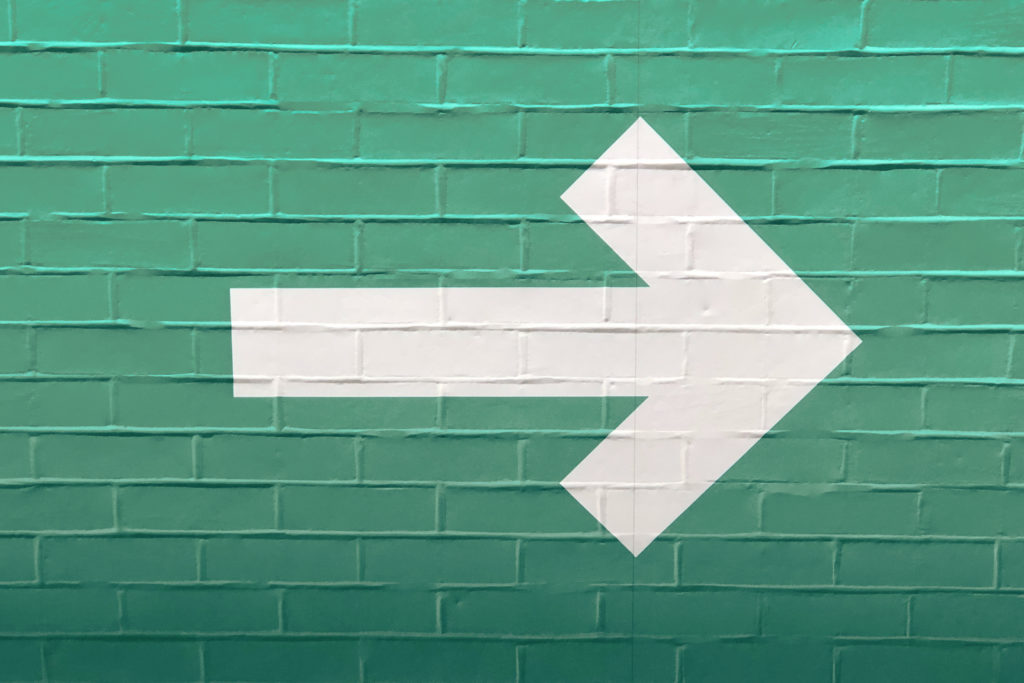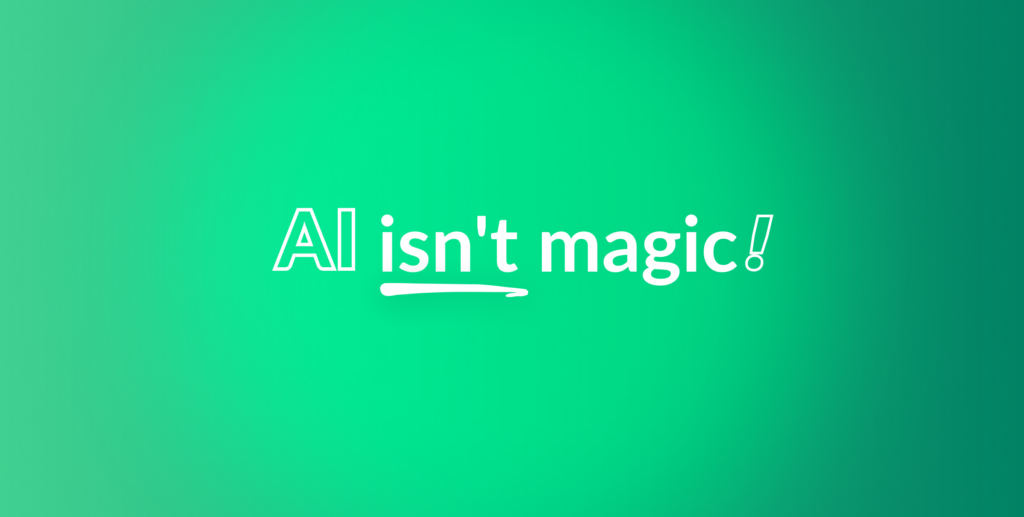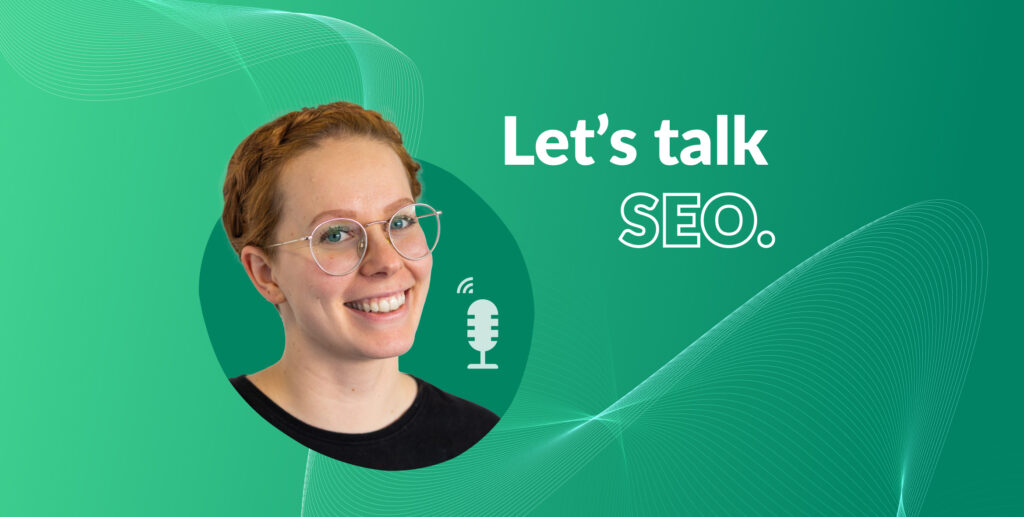COVID-19 has transformed the B2B purchase cycle. Events, formerly the mainstay of relationship nurturing and deal closure, have been non-existent and look set to be cancelled for the remainder of the year. Meetings, demonstrations, and any other face-to-face interactions have been severely restricted. The list goes on, a familiar litany to all those in B2B marketing in general and tech B2B marketing in particular.
But, if we pause and look at the big picture, this change is for the better.
First, some context: a decade or more of digital upheaval has already migrated the B2B purchase cycle towards autonomous, self-powered research. Even before 2020, buyers have been spending up to two thirds of the purchase journey conducting their own research online before speaking to sales or product marketing experts.
Today, the majority of buyers spend hours gathering information and comparing products and services before they make a purchase. According to Forrester, on average a person consumes 11.4 pieces of content before making a purchase decision.
Custom, value-added content truly makes a difference in moving prospects through the sales funnel. The trick is to understand what content makes the most impact at each stage.
What is a B2B purchase funnel?
There are dozens of versions of the marketing funnel, first introduced in 1898 by ad agency executive Elias St. Elmo Lewis. Lewis broke down the buying journey into four key stages: awareness, interest, desire, and action. It’s commonly known today by the acronym AIDA. McKinsey has created their own ‘consumer decision journey’, which is adapted from this funnel:

Marketing and sales both play important roles in moving potential buyers along the purchase funnel. Legendary marketing guru Philip Kotler specified the marketing-sales handoff as depicted in the figure below, even though he acknowledged that this handoff was a fraught one, going so far as to describe it as a ‘war’.

When we look at B2B and tech B2B in particular, the funnel and buyer are slightly different. In fact, there is no single buyer, as B2B sales rarely involve only a single individual.
According to Gartner, 75% of B2B purchases involve people from a wide variety of roles, teams, and locations. The purchase process is aligned to the funnel but involves a lot of problem scoping and comparative analysis as to the best way to address the problem, before vendor selection ever comes into the picture.
What does the new B2B purchase funnel look like?
Instead of that traditional funnel are six “buying jobs”: problem identification, problem exploration, requirements building, supplier selection, validation, and consensus creation. Buyers bounce from one to the other, revisiting each at least once before purchase.
If a company is looking at enabling a product – say a suitcase – with IoT connectivity, the problem is generally identified by a business unit. In this case, the product manager of the suitcases line of the brand. A task force might be created involving innovation / projects / IT / CTO / products / brand. The technical person would typically be in charge of evaluating different connectivity options: they might consider Wi-Fi, Bluetooth, LoRaWAN, cellular connectivity and so on.
Once a decision has been taken at this level, the company enters the next stage of the funnel – namely, evaluating different providers of cellular connectivity for IoT. Even at this stage, evaluation is typically at the higher level – global coverage, cellular technology used, whether constant connectivity is needed, how alerts are to be sent, etc. Only after these specs have been determined does brand evaluation begin in earnest. And it is only after this stage that buyers even want to speak to vendors in person.
How content can enhance the new purchase process
It is clear that the good old days of the linear buying funnel – AIDA, McKinsey, or even Kotler – don’t work in B2B in 2020. B2B marketing is going to be about empowerment – enabling buyers to make the informed, intelligent decisions they need to make at every stage of their unique process. This is even more important when you think about who the buyer actually is.
Rather than defaulting to the standard CXO suite decisionmaker, it is important to understand that most executives involved in B2B tech purchase decisions are tech-savvy digital-native millennials. So, analyse the role of content marketing in light of this new purchase process.
Content can differentiate: In a world inundated by online noise, building relevance and engagement with content can go a long way in establishing a trusted advisor positioning.
It can help create personalisation: The number one trend in content marketing, with tech companies such as Netflix and Spotify successful examples of getting users addicted to personalised and relevant content. 8 in 10 tech B2B buyers look for personalised and engaging content before talking to a salesperson, meaning that this content could be critical to converting sales leads into opportunities.
It can help you be found: Working with in-house or external SEO teams to engage and own key phrases and keywords will help brands to make an impact and stay ahead of the curve.
It can engage: Consumers continue to expect consistent experiences whether it is via email, websites or social media. Tactics such as repurposing content to be suitable for different channels will pay dividends for customer retention and overall engagement with content.
Moving prospects through the funnel
Since we’ve already established that force-fitting one of the conventionally established marketing funnels is pointless, let’s keep our stages a little bit looser and talk about top, middle and bottom of funnel activities.
B2B content marketing for the top of the funnel
At the very beginning, prospects are trying to figure out what approach works best to solve their problem. They are also trying to educate themselves about all the options available to them. Marketing at this stage is therefore part education-part promotion.
Your goal should be to build awareness about your expertise and unique perspective. The best approach in this stage is to be a helpful and informative source of information. If you do this successfully, they will think of you when they are ready to move brands into a consideration set.
Here are some of the best kinds of content to create during the awareness-building stage:
- Social media
- Blog posts
- How-to videos
- Guides
- Thought leadership
- Tutorials
- Research and data
- Infographics
- Landing pages
- Checklists
As you may have noticed, there’s a pattern. Top of funnel campaigns present useful information that’s relevant to your offering in a variety of form factors for your customer. It is essential to place this content readily at audiences’ fingertips – not only through search optimisation but also through media sponsorships, PPC campaigns, social media promotions, nurturing email campaigns, newsletters and so on.
Remember that you cannot convert a prospect who is at this stage of the process. A hard sell will result in pushback.
B2B content marketing for the middle of the funnel
In the next stage, your prospects are starting to weigh the different options available to them. They are starting to associate you with the solution you offer. Now, the question is: are you the right brand? Or is your competitor a better fit?
Now you’ll have to move away from general education and towards establishing the value of your specific offering. To nurture those leads and funnel them into the next stage of the process, here are the kinds of content you should focus on:
- eBooks
- Case studies
- Webinars
- Product information
- Product videos
- FAQs
Ensuring you can answer the question “Why should I buy from you?” in as many ways possible will give you the best chance of successfully moving potential customers further down the funnel. The more rational proof point-based differentiation you provide, the better the chances of building advocacy and convincing others involved in the process.
Case studies are invaluable: a survey of tech B2B buyers Isoline did last year found that case studies were far and away the most valuable piece of content for buyers.
B2B content marketing for the bottom of the funnel
The narrowest part of the funnel is the point of transaction (or conversion). At this point, we know that those remaining are interested in what your company has to offer; it is now time to convince them you are the solution. Many consider this to be the most important stage of the funnel.
Oftentimes, prospects just need that one final piece of information before they are ready to engage with sales in an RFP scenario or pitch. For the conversion stage, focus on offering the following kinds of content:
- Demos and consultations
- Free trials or samples
- ROI calculators
- Implementation guides
- Case studies
- Fact sheets and solution guides
- Testimonials
At this point they are looking to make the next move. Creating solution specific content that highlights your product or solution and delivering that solution is important to convince prospects to reach out to sales.
The funnel in practice
Not everyone’s buying cycle will be the same. Some clients will take longer to get up to speed than others and require more research before the deal can be closed. Others might come into the funnel midway, already equipped with the information they need, and are just left to choose which company will meet their needs best.
An effective B2B content marketing strategy will take customers from TOFU to BOFU, from awareness all the way down to conversion. The key is to offer valuable, high-quality, relevant, and tailored content to your audience so that they get the information they need to make an educated purchasing decision. And as a result, over time, you will improve your business’ conversion rate and success.
Originally appeared as a contributed post on the CMA website: see the original post here.
Photo by Nick Fewings on Unsplash



